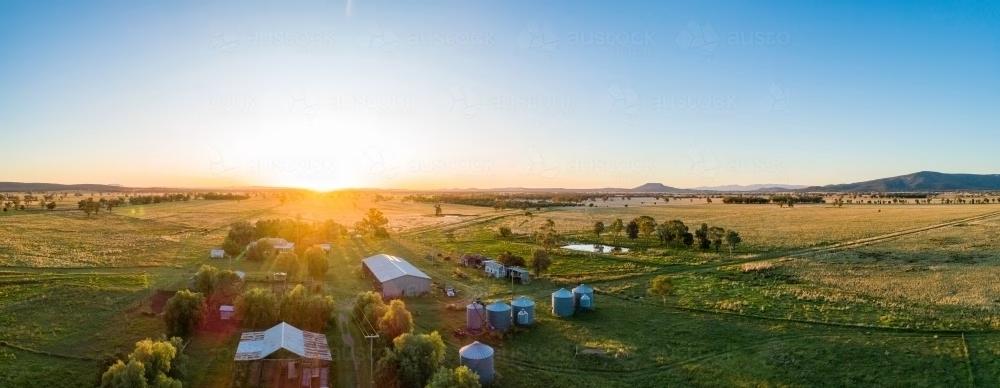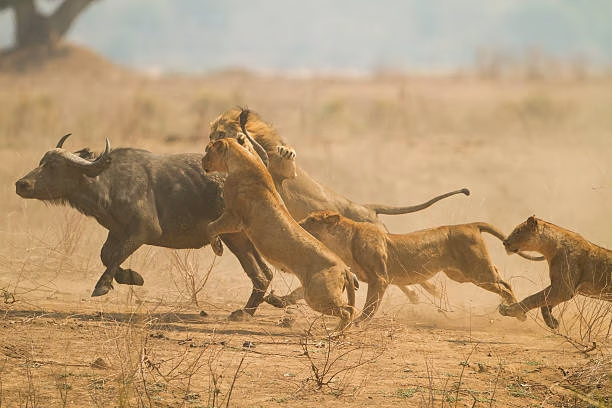Australia’s dairy industry braces for a potential decline in production for the 2024/25 season as farmers grapple with lower farmgate prices and rising operational costs despite earlier optimistic forecasts.
Summary:
The Australian dairy industry faces challenges in 2025, with predictions of a slight drop in production due to lower farmgate prices, rising costs, and dry weather conditions affecting farmers’ profits. Despite these issues, the industry is resilient by adopting new technologies and focusing more on products like cheese and yogurt. Concerns continue about the sector’s long-term sustainability, with fewer dairy farms and younger farmers leaving. Economic issues, especially in China, add pressure, but there’s cautious optimism due to the industry’s history of adaptability. Calls for more support and policy changes aim to help farmers with technology, sustainable farming practices, and mental health support while striving for new market opportunities.
Key Takeaways:
- The Australian dairy industry faces challenges, leading to an anticipated decline in milk production for the 2024/25 season.
- Farmers are experiencing lower farmgate prices and increased operational costs, impacting profit margins.
- Persistent dry weather in key regions and global market pressures contribute to the decline of production.
- The industry shows adaptability through strategic technological advancements, sustainability practices, and value-added product focus.
- Younger generations are increasingly deterred from entering the industry, indicated by the low percentage of under-35 farmers.
- The global dairy market dynamics and geopolitical uncertainties complicate the industry’s future outlook.
- Efforts to enhance sustainability and market diversification are crucial for long-term viability and resilience.

Australia’s dairy sector, celebrated for its resilience over recent years, now encounters challenges that may impede its growth. Despite robust outcomes during the 2023/24 season and a promising start to early 2024/25, experts foresee a minor downturn in milk production throughout the rest of the 2024/25 season. This projection is attributed primarily to persistent dry weather conditions and narrowing profit margins.
Recent analyses by Dairy Australia and the Agriculture and Horticulture Development Board (AHDB) suggest the Australian dairy industry is at a pivotal juncture. Although favorable farmgate prices drove production increases during the 2023/24 season, the prospects for the latter part of 2024/25 are less encouraging.
“Farmers face strained margins due to declining farmgate prices coupled with escalating operational costs,” according to the AHDB report, underscoring the formidable obstacles confronting Australian dairy farmers.
This forecast starkly contrasts with earlier projections by the USDA, which had predicted a 1.1 percent rise in milk production for 2025, reaching 8.8 million metric tons (MMT). This shift towards decline highlights the industry’s unpredictable nature.
Factors Contributing to the Decline
Multiple influences are contributing to the anticipated reduction in dairy production:
- Arid Weather Patterns: Continuous dry conditions in crucial dairy regions have driven up the costs of fodder and water, intensifying strain on farm profits.
- Declining Farmgate Prices: Although prices were initially robust, the decline in Farmgate prices has diminished farm profitability.
- Escalating Operational Expenses: Farmers are contending with heightened costs for essential resources, including feed, labor, and fertilizer.
- International Market Challenges: Economic difficulties in major importing nations, especially China, impact export demand.
| Financial Year | Milk Price Index | Year-on-year change |
|---|---|---|
| 2024 | 126.4 | – |
| 2025 | 115.9 | -8.3% |
Source: Statista
Industry Response and Adaptation
Amid these hurdles, the Australian dairy sector is demonstrating considerable adaptability and resilience:
- Robust Domestic Market: The local dairy market thrives, although increasing retail prices might soon affect consumer demand.
- Enhanced Export Potential: Australian dairy products have gained a competitive edge worldwide, taking advantage of shipping disruptions on other trade routes and reduced milk availability in the northern hemisphere.
- Advanced Technological Integration: Farmers increasingly adopt automation and robotics to boost efficiency and lessen their reliance on labor. Andrew Schmetzer, Novus’s Sales Manager for Australia, observes that the industry embraces new methods like free-stall barn housing and robotic milking systems.
- Commitment to Sustainability: A notable shift towards eco-friendly farming practices, such as reducing carbon emissions and utilizing water more efficiently.
- Focus on Value-Added Products: Rafael Guerrero, Sales Ruminant Specialist at Novus, recommends transitioning to value-added products like cheese and yogurt, emphasizing milk solids over sheer volume to enhance profits.
“The Australian dairy industry has shown outstanding resilience when faced with challenges. Although we expect some difficulties next year, our farmers possess innovation and adaptability,” remarks Dr. Emily Johnson, an agricultural economist at the University of Melbourne.
| Year | Production Forecast | Year-on-Year Change | Source |
|---|---|---|---|
| 2023/24 | 8.7 mmt | +2.7% | USDA FAS |
| 2024/25 | 8.8 mmt | +1.1% | USDA FAS |
| 2024/25 | 8.5 billion litres | +1.5% | Rabobank |
Long-Term Outlook and Industry Concerns
The outlook for the Australian dairy industry has sparked apprehension regarding its long-term viability. According to a recent Curtin University study, 55% of surveyed farmers expressed discontent with the sector. Financial strain and mental health issues have also prompted many to contemplate leaving the industry.
The study reveals a stark increase in feed costs, which have surged by 40% since 2022. Meanwhile, stagnant milk prices have resulted in unsustainable profit margins for 89.8% of the farmers surveyed, as noted by Curtin University.
This widespread sentiment is also evident in the decreasing number of dairy farms, which have fallen from 6,308 in 2014 to 4,420 by 2022. Additionally, there is a worrying trend concerning the younger generation: individuals under 35 now account for a mere 6% of the industry, indicating a notable exodus of youth.
Global Context and Future Implications
The Australian dairy industry navigates a complex landscape shaped by global market dynamics. As global milk production is projected to witness moderate growth in 2025, supported by enhanced farm profitability and stabilized feed costs in specific areas, Australia finds itself challenging.
With China poised to marginally boost its dairy imports—the largest globally—potential support for the dairy tradeemerges. Nonetheless, wavering consumer confidence in crucial markets, notably the U.S. and segments of Europe, could dampen growth expectations.
Furthermore, Donald Trump’s re-election to the U.S. presidency introduces an element of instability to global trade policies, potentially affecting dairy markets, primarily if tensions between China and the U.S. augment.
Looking Ahead
As Australia’s dairy industry navigates these multifaceted challenges, stakeholders are increasingly calling for enhanced support and strategic policy measures to guarantee the sector’s enduring sustainability. Balancing time-honored traditions with innovation will be essential as farmers strive to uphold profitability while adjusting to shifting market dynamics and environmental demands.
Critical future focus areas encompass:
- Technology Investment: Integrating automation and robotics to tackle labor shortages and boost operational efficiency.
- Sustainable Methods: Amplifying focus on regenerative agriculture and implementing water-saving techniques to align with new regulations and consumer expectations.
- Market Expansion: We will seek out new export markets and craft value-added products to lessen dependence on conventional commodity markets.
- Farmer Support: Confronting mental health challenges and offering financial aid ensures the sector appeals to the younger workforce.
- Climate Change Adaptation: Developing tactics to mitigate the effects of prolonged dry conditions and other climate-related threats.
The upcoming months will determine if the anticipated production dip materializes and how the industry tackles these persistent challenges. With its legacy of resilience and ingenuity, the Australian dairy industry remains cautiously optimistic about its capacity to withstand this current adversity and emerge more robust in the following years.
Learn more:
- Australian Dairy Industry Faces Uncertainty with Fonterra’s Exit and Falling Farm Numbers
- Global Dairy Market Trends July 2024: Australia’s Rise as Argentina and New Zealand Face Challenges
- Australia’s Dairy Farmers Struggle as Major Processors Slash Milk Prices by 15%
 Join the Revolution!
Join the Revolution!
Bullvine Daily is your essential e-zine for staying ahead in the dairy industry. With over 30,000 subscribers, we bring you the week’s top news, helping you manage tasks efficiently. Stay informed about milk production, tech adoption, and more, so you can concentrate on your dairy operations.







 Join the Revolution!
Join the Revolution!





